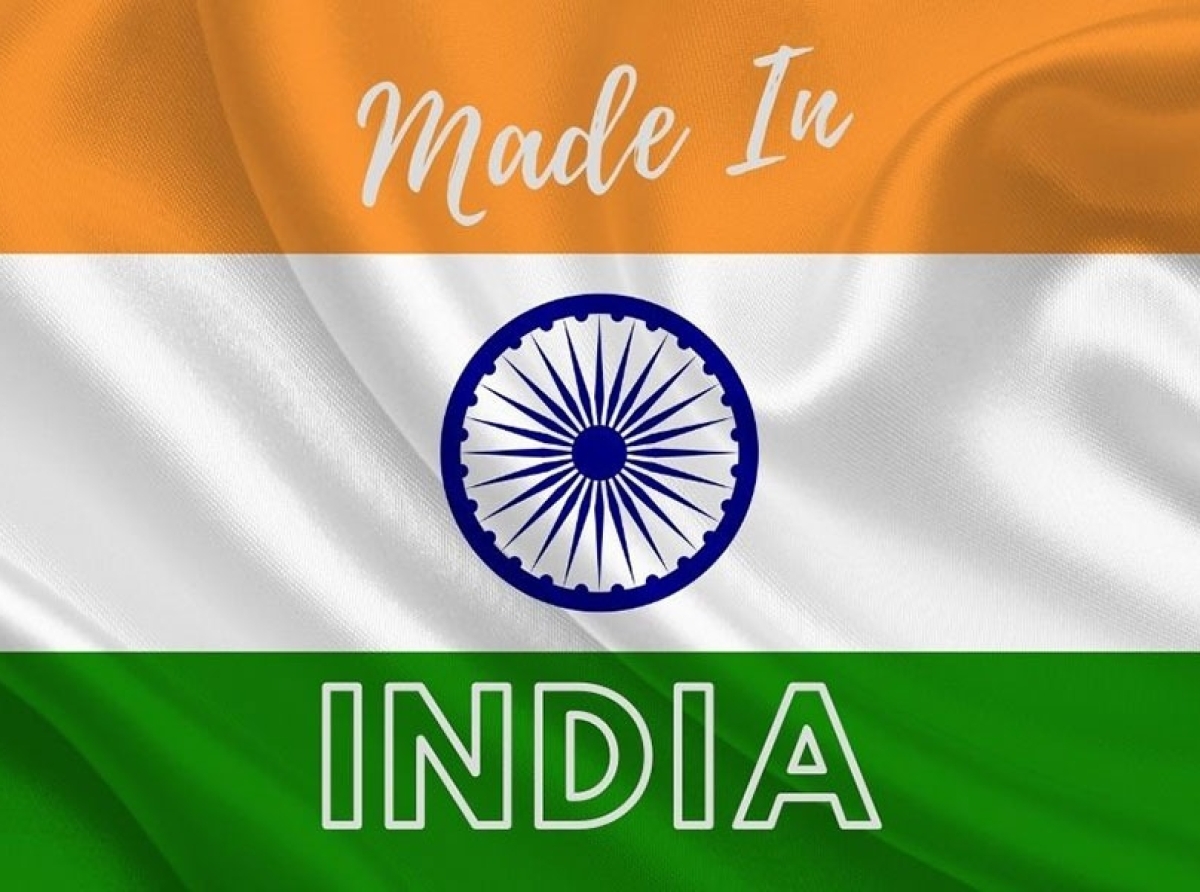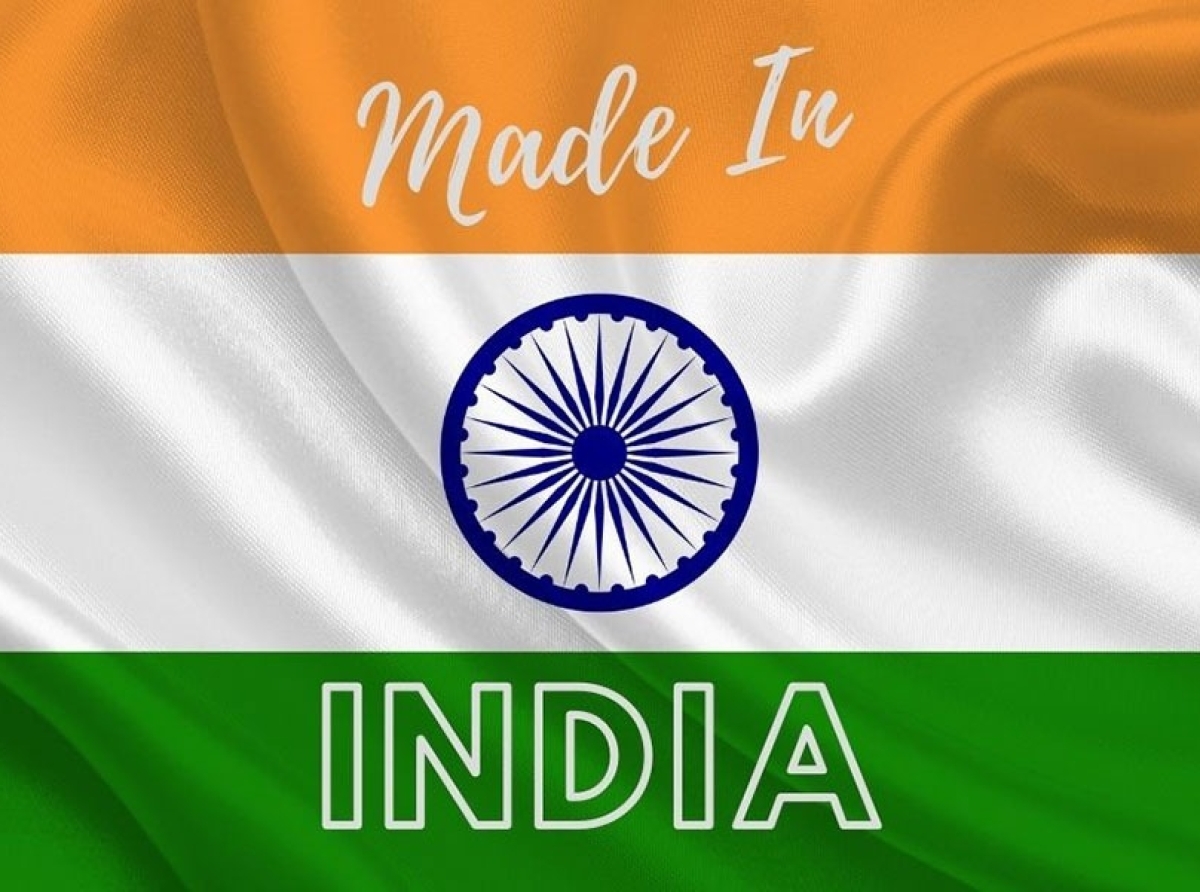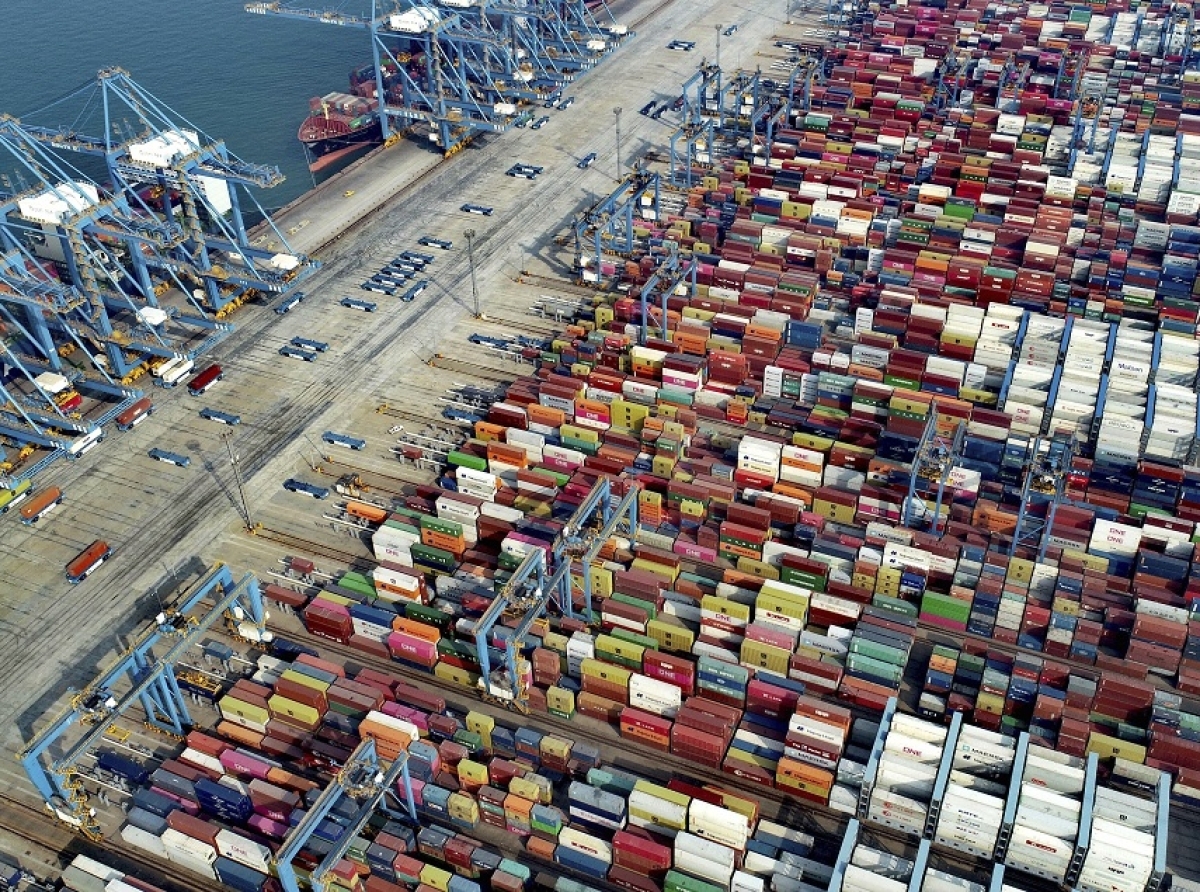Globally China Plus One Policy, Is Indian Textile Anecdotally Gained!

22 July 2022, Mumbai:
Looking at reports from the Confederation of Indian Industry and international consulting firm Kearney, India's textile exports are predicted to increase by 81 percent to $65 billion by 2026 from the pre-Covid level of roughly $36 billion in 2019.
This growth will be supported by the global "China Plus One" sentiment. This increase will probably result in 7.5–10 million new jobs. Due to India's more deep strategic bench compared to Vietnam or Bangladesh, the paper stated that a sizable portion of this targeted growth, or roughly $16 billion, may come from the China Plus One sentiment.
"We estimate India can reach $65 billion in exports by 2020 (implying a 9-10% compound annual growth rate) with the correct measures by industry majors and vigorous execution of government programs.
ALSO READ China loses 2nd biggest export market tag for "Indian Cotton Yarn"

The general trade belief in the textile sector is that the falling rupee will help enhance India’s competitiveness @ the global marketplace leading to increasing the export of textiles.
The aim is a $4 billion increase in fabrics by placing India as a regional fabric hub, starting with cotton wovens and extending to other subcategories. Fabrics are another critical area where growth is anticipated. The goal is to grow the global consumer base for home textiles by $4 billion using current advantages.
A $2.5 billion to $3 billion increase in sales of artificial yarn and fiber is anticipated, emphasizing expanding market share for MMF (artificial fiber) goods. On the other hand, a $2 billion increase is aimed at technical textiles through developing skills in a few key sub-segments, riding the wave of potential domestic demand growth.

ALSO READ China Penalty Tariffs on Finished Textiles & Apparel
Covid-19 has sparked a redistribution of global trade shares and a recalibrating of sourcing patterns, China plus one sourcing, creating a golden chance for Indian textiles to perform a turnaround and recover a leadership post as a top exporting economy according to the report.
According to Neelesh Hundekari, partner and APAC Head of Lifestyle Practice at Kearney, We estimate India's textile sector should achieve an 8–9% CAGR between 2019–2026, led by domestic demand growth and a substantial rise in annual exports.
RELEVANT NEWS Anti-China Sentiments: Indian Textile Sector Is In A Sweat-spot
Nearly 45 million people are employed in the farming and manufacturing sectors of the textile industry.
However, the nation's recent success in international trade has fallen short of its potential. Exports decreased by 3% from 2015 to 2019 and by 18.7% in 2020.
RELEVANT NEWS How Real Is the Shift Of Apparel Orders From China To Vietnam
Glas also warned that lifting the tariffs would have “a substantial negative ripple effect” on U.S. free-trade agreements, including undermining those with Western Hemisphere partners that have established shorter coproduction supply chains and serve other U.S. and regional interests.
The Section 301 tariffs were first imposed in 2018 in response to China’s persistent violations of intellectual property rules. By law, they are now under review.

RELEVANT NEWS Covid Induced Supply Chain Constraints Of China And Its Impact On the Textile Sector
However, other low-cost nations like Bangladesh and Vietnam have increased their market share during the same time period. The performance of India's commerce in recent times has been influenced by a number of variables.
India suffers from cost-related issues. absence of any free or preferential trade agreements with significant importers, like Bangladesh for fabrics and the European Union, United Kingdom, and Canada for garments, puts pressure on exporters' prices.
_large.jpeg)
RELEVANT NEWS (China + 1) Strategy: Driving Global T&A Supply Chains
Earning the proper return on investment is challenging because to the high cost of capital and heavy reliance on imports for virtually all textile machinery, especially given India's minor cost disadvantage.
India is less competitive than Chinese manufacturers due to longer lead times, particularly in the fashion industry.
VOCAL For LOCAL In the private talks, many industry players optimistically indicate that following the China Plus One/alternate strategy, it is highly likely at least a 20% shift of exports from that country to India, albeit the question staring at us is our internal preparedness to handle that kind of load.
Join our community on Linkedin

















